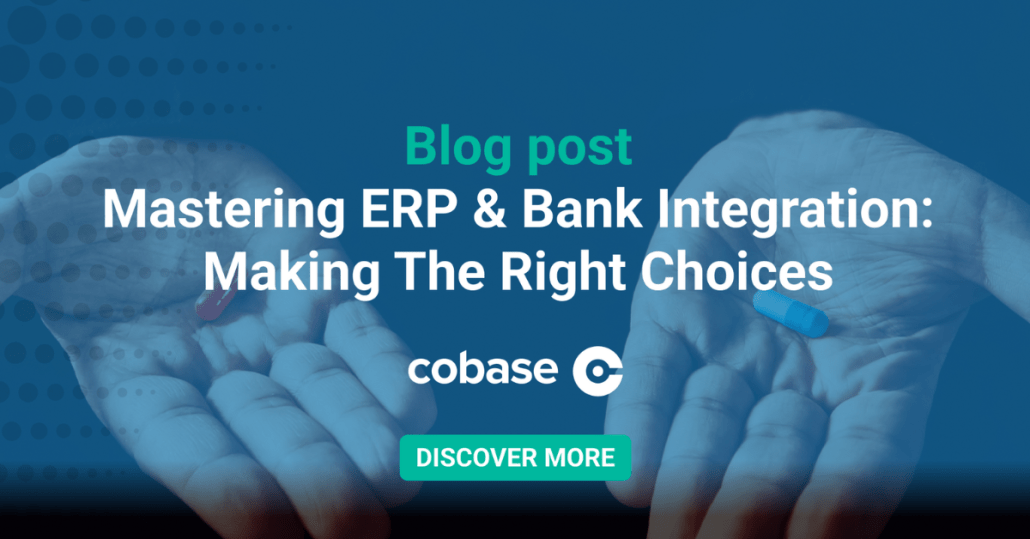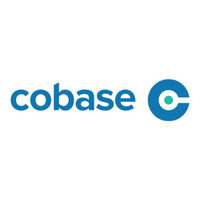This transformation brings to light the significant role of bank connectivity and Enterprise Resource Planning (ERP) integration within the treasury department. Aimed at providing an exhaustive and enriched understanding of this multifaceted process, this comprehensive guide presents a step-by-step blueprint to streamline and optimize it.
Unraveling the Importance of Bank Connectivity and ERP Integration
Merging bank connectivity with ERP systems unveils a myriad of benefits:
- Streamlined Operations: The symbiosis minimizes labor-intensive processes like data entry and reconciliation, significantly reducing human errors and amplifying operational efficiency.
- Real-Time Visibility: Offering real-time insights into cash positions and financial transactions, the integrated system enables more informed decision-making and facilitates the creation of dynamic financial strategies.
- Risk Management: By guaranteeing secure transactions and accurate reporting, the system helps organizations effectively mitigate risks related to fraud and compliance, thereby enhancing financial security.
- Cost Savings: The automation of manual processes results in substantial cost savings as it reduces the need for additional manpower and minimizes error correction costs.
Paving the Way: Steps to Optimize Bank Connectivity and ERP Integration
Identifying the best solution that meets your business’s unique requirements is pivotal in optimizing bank connectivity and ERP integration. Here are some expanded considerations to guide you in making the right choice:
The first stride towards optimization involves gaining an in-depth understanding of your treasury department’s specific needs. This encompasses the evaluation of various factors, such as the number of banks your organization interacts with, the nature and volume of transactions processed, and the geographical footprint of your operations.
1. Assess Your Business Needs: A detailed understanding of your business processes is the first step in choosing an optimal solution. Are your operations spread across different geographical locations, or are they confined to a specific area? Do you deal with multiple banks and currencies? Are your transaction volumes high? Answering these questions will help you understand your specific requirements and choose a solution that addresses them effectively.
Having a crystal-clear comprehension of your requirements enables you to choose a solution that provides optimal bank connectivity and ERP integration features. Factors to consider during this selection process include the solution’s ease of use, scalability potential, security measures, and the quality of customer support services offered.
2. Functionality and Features: The selected solution should provide a wide array of features that cater to your specific needs. For example, it should support multiple bank protocols and formats, offer real-time visibility into transactions, provide robust reconciliation features, and have strong risk management capabilities. It should also be scalable to accommodate growth and changes in your business operations.
3. Compatibility with Existing Systems: It’s crucial to choose a solution that integrates well with your existing systems, minimizing the need for substantial changes or disruptions in your business processes. The solution should be able to communicate seamlessly with your current ERP system, other financial software, and banking platforms.
4. Security: The solution should provide advanced security features to protect your financial data and transactions. Look for features such as multi-factor authentication, encryption, fraud detection, and compliance with global security standards.
The implementation phase involves setting up the chosen solution, customizing it to meet your unique needs, and integrating it with your existing systems. This crucial step typically requires a high degree of technical expertise, and it’s often beneficial to collaborate with a seasoned solution provider.
5. Ease of Use and Accessibility: A user-friendly interface is crucial for the successful implementation of a solution. It should be easy to navigate and perform tasks, minimizing the need for extensive training. Furthermore, the solution should be accessible from multiple devices and platforms, allowing for flexibility in operations. However, still once the solution is in place, it’s vital to train the end users on how to operate the new system. This training should cover both technical aspects of system operation and procedural aspects of handling various financial tasks using the new system.
6. Vendor Reputation and Support: It’s always a good practice to partner with reputable vendors who have a proven track record of successful implementations. They should offer reliable customer support services, including prompt issue resolution, regular software updates, and user training. Also, before fully deploying the solution, it’s important to conduct comprehensive testing to confirm it’s functioning as expected. This encompasses checking the system’s functionalities, ensuring data accuracy, and verifying that the appropriate security measures are in place.
7. Cost Considerations: The cost of the solution should align with your budget without compromising essential features. This includes the initial setup cost, ongoing maintenance fees, and potential upgrade costs. Also, consider the potential return on investment, including cost savings from increased efficiency and automation. Following the system’s deployment, it’s critical to continuously monitor its performance and functionality. Regular system reviews and the implementation of necessary adjustments ensure the system functions optimally at all times. With some vendor this might come at additional cost to maintain.
8. Future-Proof: As technology evolves, so too should your chosen solution. Look for a solution that is adaptable and future-proof, meaning it can incorporate advancements like AI, ML, blockchain, cloud services, and API capabilities.
9. Reviews and Recommendations: Before finalizing a solution, consider reviews and recommendations from other businesses in your industry. Their experiences can provide invaluable insights into the solution’s real-world performance.
By considering these aspects, you can choose the best solution that optimizes bank connectivity and ERP integration for your business, leading to more efficient financial operations, enhanced visibility, and improved risk management.
Predicting the Future: Trends in Bank Connectivity and ERP Integration
As technological innovation continues to flourish, the integration of bank connectivity and ERP systems is likely to become increasingly sophisticated. Key emerging trends include:
- The utilization of Artificial Intelligence (AI) and Machine Learning (ML) technologies will revolutionize prediction capabilities, decision-making processes, and automation strategies.
- The integration of blockchain technology will further enhance transaction security and transparency.
- The use of Application Programming Interfaces (APIs) will expand, facilitating seamless integration between various systems.
- The adoption of cloud-based solutions will surge, offering improved scalability and cost-efficiency.
Integrating bank connectivity and ERP systems in the treasury department is a decisive move towards comprehensive digital transformation. Not only does it enhance operational efficiency and accuracy, but it also provides strategic benefits such as real-time visibility and robust risk management. By adhering to the exhaustive steps outlined in this guide, organizations can effectively fine-tune their financial operations, thereby harnessing the full potential of digital transformation. Having a reliable partner with advanced technological solutions can significantly ease the daunting process of integrating bank connectivity and ERP systems. That’s where Cobase steps in. Cobase offers seamless integration with any ERP system, allowing for a two-way flow of information between your banking institutions and the ERP system. The Cobase platform can receive payment files from the ERP and send back status updates or bank statements, providing an end-to-end automated process that reduces manual interventions and errors.











